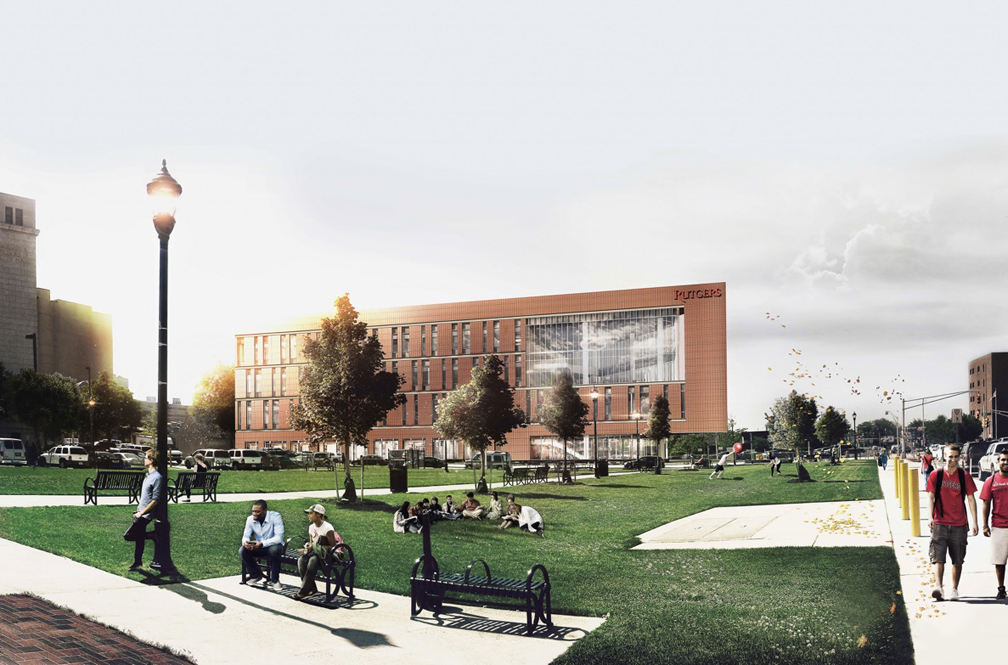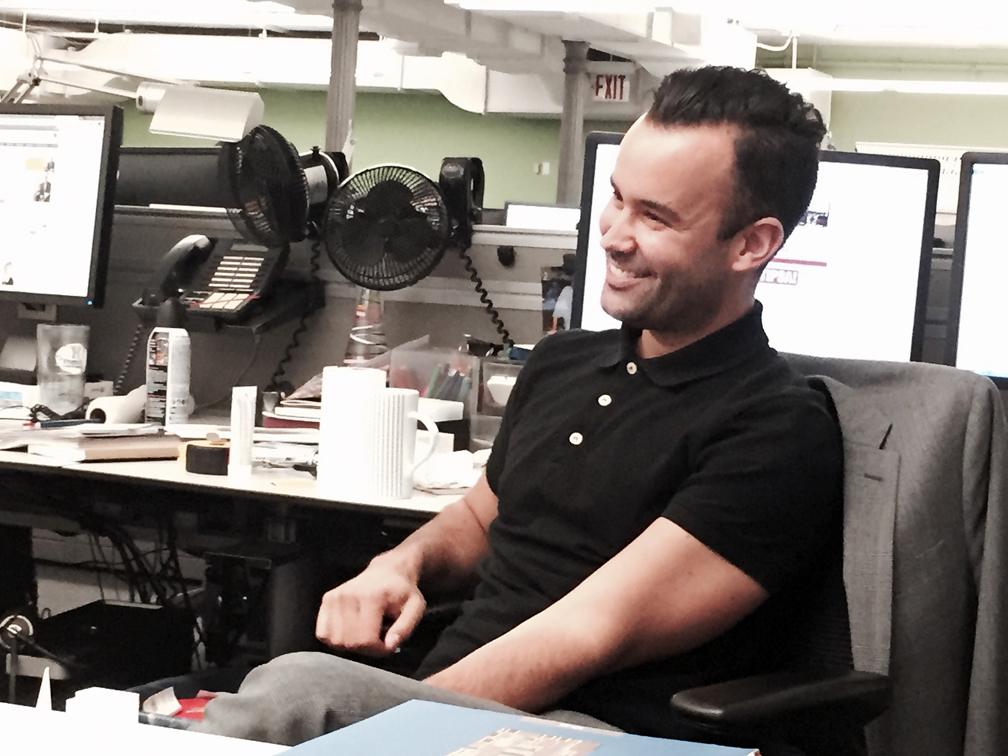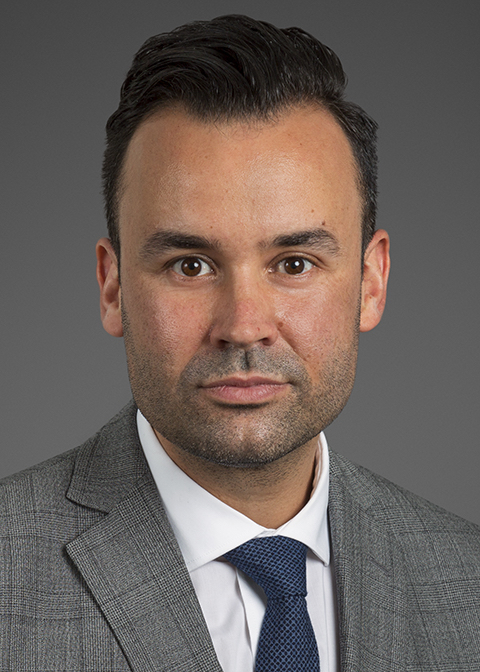Profile: Swede in America
History is deep with Swedish architects in the United States, and the legacy continues with Dario Brito. The award-winning Swedish architectural designer is the latest young Swede in the field in America.
-
 New nursing and science building at Rutgers University in Camden, NJ, above, is one of Dario Brito’s more recent designs.
New nursing and science building at Rutgers University in Camden, NJ, above, is one of Dario Brito’s more recent designs. -
-
Dario Brito's contributions in healthcare design are helping enrich and support people at the most vulnerable times in their lives. We spoke to Brito about his work, his former life as a footballer and his Swedish roots.
Q: Where in Sweden are you from?
DB: I was born in Malmö to a Swedish mother and a Portuguese father. I spent my early years in Sweden before moving to America to attend college and play football (soccer). My family is still in my native Malmö.
Q: How did you become a Swedish architect working in the U.S.?
DB: I always loved to draw and build models as a child, but soccer took precedence in my life from the age of 8 after my skills led to me being offered a place at a prestigious soccer academy for boys. I was essentially groomed for a career in soccer. At 18, I was scouted by American coaches to play soccer at college and moved here to the East Coast. I played soccer in every free moment while I studied architecture at the New Jersey School of Architecture (and eventually pursued a Master’s in Infrastructure Planning). My hopes of a soccer career came to a crushing end when I was injured on the field, however. Luckily for me I had architecture, which had always been a big interest. -
 Swedish Architect Dario Brito, in the U.S. for 10 years, takes a break in his New York office.
Swedish Architect Dario Brito, in the U.S. for 10 years, takes a break in his New York office. -
-
Q: What are you doing now?
DB: I work in New York as an architectural designer within healthcare and education. In recent years there’s been a greater understanding of the benefits of good design within hospital and hospice environments, etc., and how it can promote healing in patients, reduce stress, pains and falls, and influence well-being and limit medical errors. Great strides have been made and studies have shown how good healthcare design can positively affect patient outcomes. It’s primarily about designing environments that are conducive to increasing the capacity for learning.
Q: Are there many challenges or noted differences in working in the U.S. vs Sweden?
DB: The speed of construction in the U.S. is very much driven by the market, clients and the cost of construction. Projects need to be built as quickly as possible and often with a strict budget. The challenges we face as designers are in satisfying our clients with creative ideas and great designs, attention to details and materiality while almost always staying within a strict budget. -
 Swedish Architect Dario Brito.
Swedish Architect Dario Brito. -
Q: Architecture is a very demanding field, but surely you take time to return to Sweden once in a while?
DB: When I was a student I went back one or two times a year, but as a professional I can get away much less, maybe once every two or three years. I am way overdue for a trip back. -
Q. What Swedish traditions do you miss — or make sure to keep in the U.S.?
DB: Food. I miss all the amazing seafood and the Swedish cuisine in general. I miss the smoked fish, rökt al, rökt lax, etc. I am able to buy Kalles Kaviar here in NYC so I make sure I have that stocked in my fridge. Sweden has some amazing spices for cooking that I ask friends and family to bring when they visit ... as well as Swedish chocolate (it's the best) and lösgodis (surt, lakrits, vingummis)! I also cook Swedish specialties during Christmas — I cure my own salmon and make Janssons Temptation.
I miss the beautiful west coast in the summer — I used to spend my summers in Båstad. I miss taking a fika and the outdoor culture during the summer months, spending hours sitting outside having coffee, lunch or dinner and enjoying the outdoor seating at all the restaurants. -
Q: What makes you stand out as a Swede in America?
DB: A habit of mine, that I think is very Swedish, is that I always take off my shoes when I am at home. I also make sure all visitors in my apartment take off their shoes when they come to visit. That's not very typical here in the U.S.
By Amanda Olson Robison in collaboration with Susie Brit, The Brit Factor.
-
-
